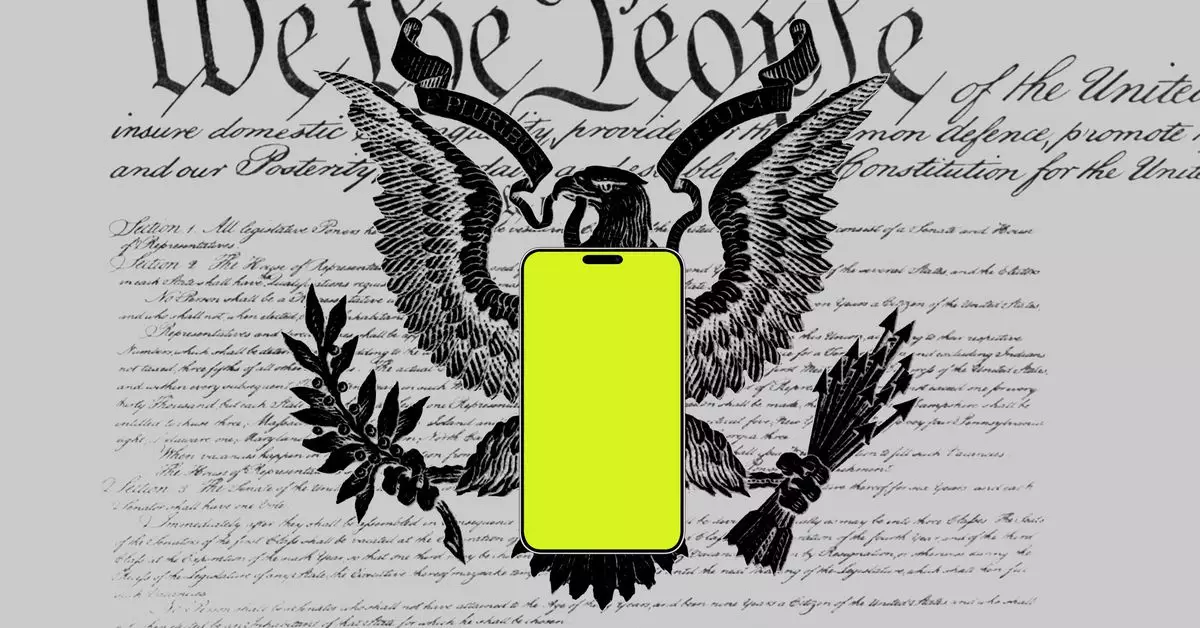In an age where communication is paramount, unwanted telemarketing calls have become a significant nuisance for many. Recently, the Federal Trade Commission (FTC) disclosed encouraging statistics indicating a substantial decrease in complaints about these intrusive calls. This article delves into the factors contributing to this decline, the ongoing threats posed by telemarketers, and the measures that regulatory bodies have implemented to protect consumers.
According to the FTC’s latest report, the number of complaints regarding unwanted telemarketing calls has plummeted for the third consecutive year, with a staggering drop of over 50% since 2021. This decline, which amounts to roughly 33,000 fewer complaints this fiscal year compared to the previous one, signals a noteworthy shift in the landscape of phone marketing. While this overall reduction is promising, it’s essential to remain vigilant, as certain types of calls—like those concerning debt reduction—have surged by more than 85% in the same timeframe. This dichotomy raises questions about the efficacy of current regulations and highlights the adaptability of telemarketers who may pivot to exploit new avenues for contact.
The FTC’s Bureau of Consumer Protection, headed by Sam Levine, acknowledges that illegal telemarketing calls remain an “ongoing scourge,” but emphasizes the agency’s proactive strategies as instrumental in mitigating complaints. The FTC has bolstered its efforts to target “upstream players,” who are often responsible for orchestrating these calls, and has strengthened its stance against scammers by imposing stringent guidelines. Notably, recent revisions to the Telemarketing Sales Rule (TSR) now encompass phone scams that employ artificial intelligence, ensuring that even cutting-edge techniques used by fraudsters are met with legal consequences.
The enforcement of new regulations has not solely rested with the FTC; the Federal Communications Commission (FCC) has also made strides in combating unwanted calls. The introduction of an anti-spoofing protocol among major U.S. mobile carriers is a cornerstone of these efforts, aimed at ensuring that the caller ID accurately reflects the number initiating the call. Additionally, the FCC’s prohibition of AI-generated robocalls marks a decisive stance against the evolving technology employed by scammers, indicating a concerted effort to safeguard consumer privacy.
While the marked decrease in complaints about telemarketing calls is undoubtedly a step in the right direction, the persistence of certain call types reminds us that challenges remain. As technology continues to evolve, so too do the tactics used by telemarketers. Continued vigilance, public awareness, and regulatory adaptation are essential to maintain this momentum. Consumers must remain informed about their rights and the available mechanisms for reporting unwanted calls, ensuring that progress in curbing this annoyance does not plateau.
The recent statistics shared by the FTC present a hopeful narrative in the battle against unwanted telemarketing calls. While the decrease in complaints signifies notable regulatory progress, the increase in certain types of telemarketing highlights the need for sustained efforts. As both the FTC and FCC work diligently to address these challenges, the responsibility also lies with consumers to remain proactive and informed. Ultimately, a collaborative approach may pave the way for more comprehensive protections in the future.

